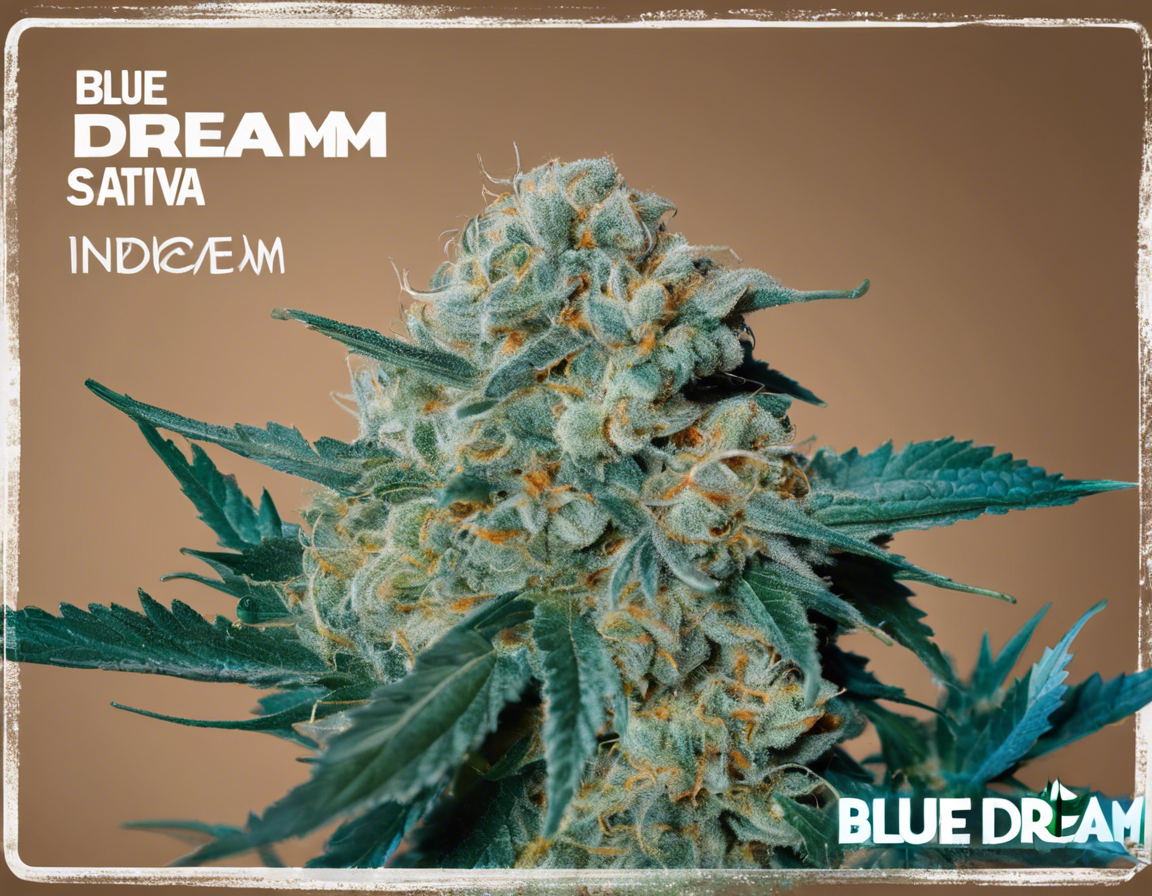Introduction
Blue Dream is one of the most popular strains of cannabis in the market today. Known for its balanced effects and deliciously fruity aroma, Blue Dream is a favorite among both recreational and medical cannabis users. However, there is often confusion about whether Blue Dream is classified as an Indica or a Sativa strain. In this comprehensive guide, we will delve into the origins of Blue Dream, its genetics, effects, and ultimately determine whether it leans more towards the Indica or Sativa side of the spectrum.
Origins of Blue Dream
Blue Dream is a hybrid strain that was created by combining the genetics of two well-known strains: Blueberry (Indica) and Haze (Sativa). This unique combination resulted in a well-balanced hybrid that exhibits characteristics of both Indica and Sativa varieties. Blue Dream was first bred in California and has since become a staple in dispensaries across the United States.
Genetics of Blue Dream
As mentioned earlier, Blue Dream is a cross between Blueberry and Haze. Blueberry is a classic Indica strain known for its relaxing and sedating effects, while Haze is a potent Sativa strain that is prized for its uplifting and energizing properties. By combining these two distinct genetics, Blue Dream offers users a harmonious blend of cerebral euphoria and physical relaxation.
Effects of Blue Dream
One of the reasons why Blue Dream is so beloved is its well-rounded effects. Users report feeling an initial burst of creativity and focus, making it an ideal strain for daytime use. The Sativa influence in Blue Dream provides a euphoric and uplifting experience, while the Indica genetics contribute to a sense of calm and relaxation. This unique combination makes Blue Dream a versatile strain that can be enjoyed in a variety of settings.
Indica or Sativa: Which One is Blue Dream?
When it comes to determining whether Blue Dream is more of an Indica or Sativa strain, the answer lies in its genetics and effects. While Blue Dream is technically a hybrid, its effects tend to lean more towards the Sativa side of the spectrum. The uplifting and cerebral high provided by Blue Dream is characteristic of Sativa strains, while the subtle Indica influence adds a layer of relaxation without inducing couch-lock.
Popular Uses of Blue Dream
Blue Dream is a favorite among medical cannabis users for its versatile effects. Some of the common uses of Blue Dream include:
- Depression: The uplifting effects of Blue Dream can help elevate mood and combat symptoms of depression.
- Chronic Pain: The Indica properties of Blue Dream make it effective in providing pain relief and muscle relaxation.
- Stress: Blue Dream’s calming effects can help alleviate stress and anxiety, promoting a sense of well-being.
- Creativity: Many users report enhanced creativity and focus when using Blue Dream, making it a popular choice among artists and writers.
- Fatigue: The energizing effects of Blue Dream can help combat fatigue and boost motivation.
Tips for Using Blue Dream
If you’re considering trying Blue Dream for the first time, here are some tips to enhance your experience:
- Start with a low dose to gauge your tolerance, as Blue Dream can be potent for some users.
- Experiment with different consumption methods, such as smoking, vaping, or using edibles, to find what works best for you.
- Keep hydrated and have some snacks on hand, as Blue Dream can sometimes cause dry mouth and munchies.
- Enjoy Blue Dream in a comfortable setting where you can fully appreciate its effects, whether you’re looking to relax or get creative.
FAQs (Frequently Asked Questions)
-
Is Blue Dream more like an Indica or a Sativa strain?
Blue Dream is technically a hybrid strain but leans more towards the Sativa side in terms of its effects. -
What does Blue Dream taste like?
Blue Dream is known for its sweet and fruity flavor profile with hints of blueberry and citrus. -
Can Blue Dream help with insomnia?
While Blue Dream may help relax the mind and body, it is not typically recommended for treating insomnia due to its Sativa-dominant nature. -
Are there any side effects of using Blue Dream?
Some users may experience dry mouth, dry eyes, dizziness, or paranoia when using Blue Dream in high doses. -
How long do the effects of Blue Dream typically last?
The effects of Blue Dream can vary depending on the individual, but they usually last for 2-3 hours on average.
In conclusion, Blue Dream is a versatile and well-loved strain that offers a balanced blend of Indica and Sativa effects. Whether you’re looking for creative inspiration, stress relief, or a mood boost, Blue Dream has something to offer. Experiment with this popular strain and discover why it has earned its place as a favorite among cannabis enthusiasts.

